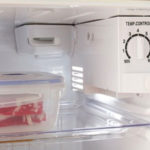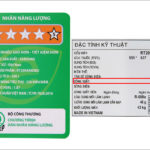Your electricity bill for this month suddenly increased and you don’t know why? You planned to save but the electricity prices keep rising. So let’s find out about the peak and off-peak hours of the power company to use electrical appliances and household items in a reasonable way.
1 Peak and off-peak hours of the power company
According to the Vietnam Electricity Group, the electricity prices are regulated based on three pricing periods, including: Normal hours, peak hours, and off-peak hours. If you use electricity at different times, you will be charged different prices.
 Power company’s pricing periods
Power company’s pricing periods
Normal hours: are the period of normal electricity usage.
The regulation includes the following days from Monday to Saturday:
- From 4:00 to 9:30 (5 hours and 30 minutes)
- From 11:30 to 17:00 (5 hours and 30 minutes)
- From 20:00 to 22:00 (2 hours)
For Sundays, from 4:00 to 22:00 (18 hours).
Peak hours: are the period of highest electricity consumption during the day. The characteristics of this period are high power consumption while the power supply capacity of power plants is not sufficient. At the same time, the network voltage may affect the working mode of electrical appliances.
The regulation includes the following days from Monday to Saturday:
- From 9:30 to 11:30 (2 hours)
- From 17:00 to 20:00 (3 hours)
Off-peak hours: are the period of the lowest electricity consumption.
The regulation includes all days of the week from 22:00 to 4:00 the next day (6 hours).
2 Electricity prices during peak hours
 Electricity prices for each pricing period
Electricity prices for each pricing period
According to the regulations, the electricity prices are applied to the following customers:
- Customers using electricity for production, business, and services who are supplied electricity through special-purpose transformers from 25 kVA or with an average monthly electricity consumption of more than 2,000 kWh
- Retail electricity providers in industrial zones
- Electricity purchasing and retailing units for non-residential purposes in commercial-service-residential complexes.
 Retail electricity prices for each customer group
Retail electricity prices for each customer group
The retail electricity prices are specific for each customer group and pricing period as follows:
Industrial sectors
Customer group
Supply voltage from 110kV and above
- Normal hours price: 1,536 (VND/kWh)
- Off-peak hours price: 970 (VND/kWh)
- Peak hours price: 2,759 (VND/kWh)
Supply voltage from 22kV to below 110kV
- Normal hours price: 1,555 (VND/kWh)
- Off-peak hours price: 1,007 (VND/kWh)
- Peak hours price: 2,871 (VND/kWh)
Supply voltage from 6kV to below 22kV
- Normal hours price: 1,611 (VND/kWh)
- Off-peak hours price: 1,044 (VND/kWh)
- Peak hours price: 2,964 (VND/kWh)
Supply voltage below 6kV
- Normal hours price: 1685 (VND/kWh)
- Off-peak hours price: 1,100 (VND/kWh)
- Peak hours price: 3,076 (VND/kWh)
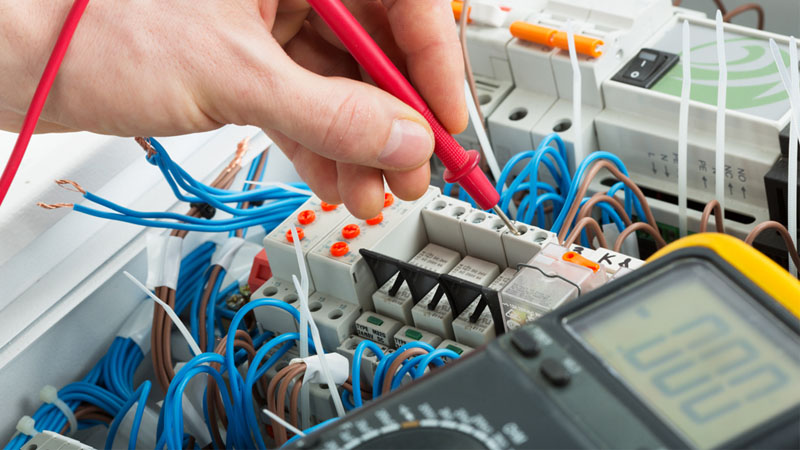 Industrial sectors
Industrial sectors
Note:
Customers purchasing electricity at a 20kV voltage level will be charged according to the prices at the voltage level from 22kV to below 110kV
Administrative and non-business sectors
Customer group
Hospitals, kindergartens, schools
- Supply voltage from 6kV and above price: 1,659 (VND/kWh)
- Supply voltage below 6kV price: 1,771 (VND/kWh)
Public lighting; administrative and non-business units
- Supply voltage from 6kV and above price: 1,827 (VND/kWh)
- Supply voltage below 6kV price: 1,902 (VND/kWh)
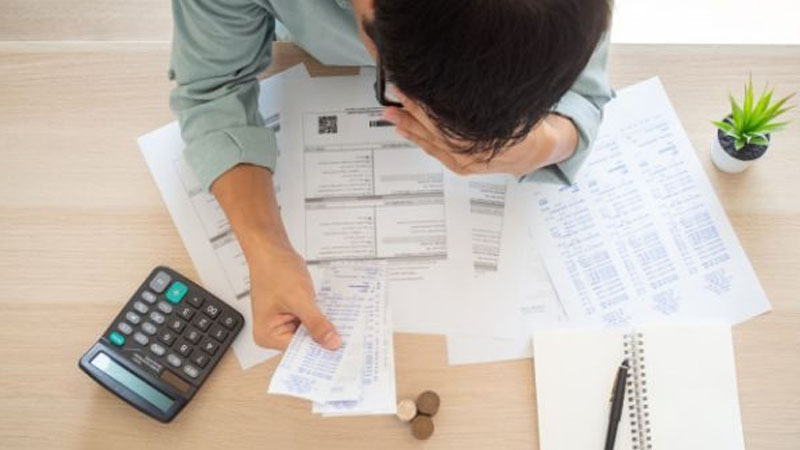 Administrative and non-business sectors
Administrative and non-business sectors
Business sector
Customer group
Supply voltage from 22kV and above
- Normal hours price: 2,442 (VND/kWh)
- Off-peak hours price: 1,361 (VND/kWh)
- Peak hours price: 4,251 (VND/kWh)
Supply voltage from 6kV to below 22kV
- Normal hours price: 2,629 (VND/kWh)
- Off-peak hours price: 1,547( VND/kWh)
- Peak hours price: 4,400 (VND/kWh)
Supply voltage below 6kV
- Normal hours price: 2,666 (VND/kWh)
- Off-peak hours price: 1,622( VND/kWh)
- Peak hours price: 4,587 (VND/kWh)
 Business sector
Business sector
Residential sector
Customer group
Residential electricity retail prices
- Tier 1: For kWh from 0 – 50, price: 1,678 (VND/kWh)
- Tier 2: For kWh from 51 – 100, price: 1,734 (VND/kWh)
- Tier 3: For kWh from 101 – 200, price: 2,014 (VND/kWh)
- Tier 4: For kWh from 201 – 300, price: 2,536 (VND/kWh)
- Tier 5: For kWh from 301 – 400, price: 2,834 (VND/kWh)
- Tier 6: For kWh from 401 and above, price: 2,927 (VND/kWh)
Prepaid electricity retail prices: 2,461 (VND/kWh)
 Residential sector
Residential sector
For students and workers renting houses for accommodation
- If renting a house for less than 12 months and the landlord cannot provide the correct number of electricity users: Specially, for all measured electricity output at the meter, kWh from 101 to 200, it will be charged at Tier 3 residential electricity prices.
- If the landlord can provide the correct number of electricity users, the electricity supplier is responsible for determining the consumption levels based on temporary residence certificates or temporary residence confirmation documents of the local police authority, 4 people are counted as one household for applying residential electricity prices.
3 Ways to save electricity during peak hours
 Actions to save electricity
Actions to save electricity
Using electricity during peak hours will not consume more electricity than in other time slots, but for the production and business sector, it will cost more. However, if you can plan to limit the use of electricity during peak hours, it will ensure efficient production and business, and save electricity costs. At the same time, it will improve the reliability of electricity supply and ensure the safety of electrical equipment.
You should note the following ways to save electricity during peak hours to achieve maximum efficiency:
- Use energy-saving devices, especially those with cooling functions.
- Adjust the air conditioner temperature properly, set it from 25 to 26 degrees Celsius during the day and from 27 to 29 degrees Celsius at night.
- Do not set the refrigerator too cold, only open it when necessary, and make sure it is tightly closed.
- Choose electrical appliances with energy star labels or energy labels (more stars means more energy savings).
- Use LED lights instead of fluorescent lights.
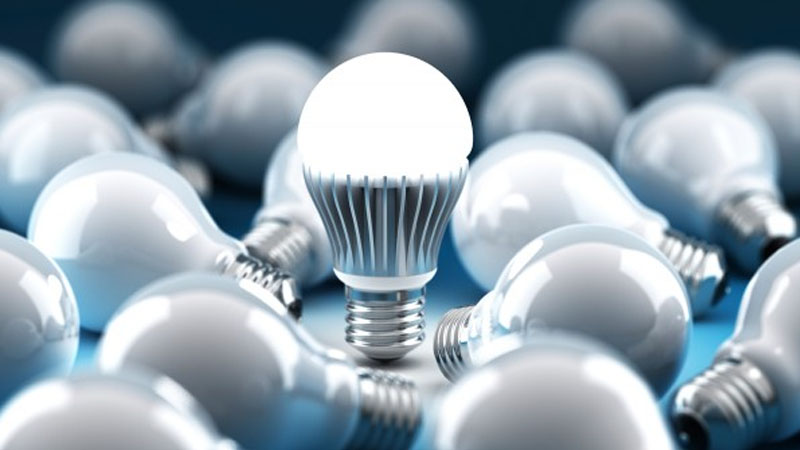 Use LEDs as a replacement for fluorescent lights
Use LEDs as a replacement for fluorescent lights
- Plan and save electricity by tracking the monthly electricity usage through the online statistical system of the electricity industry.
- Cool the food before putting it in the refrigerator.
- Avoid using multiple electrical devices at the same time.
- Use pots and pans with suitable sizes on the induction cooker to absorb enough heat.
- Turn off and unplug the power socket when not using the device.
Through this useful information in the article, I hope you can understand more about the power company’s pricing periods and retail electricity prices for each customer group. From there, you can plan to save electricity and reduce the monthly electricity costs.



























